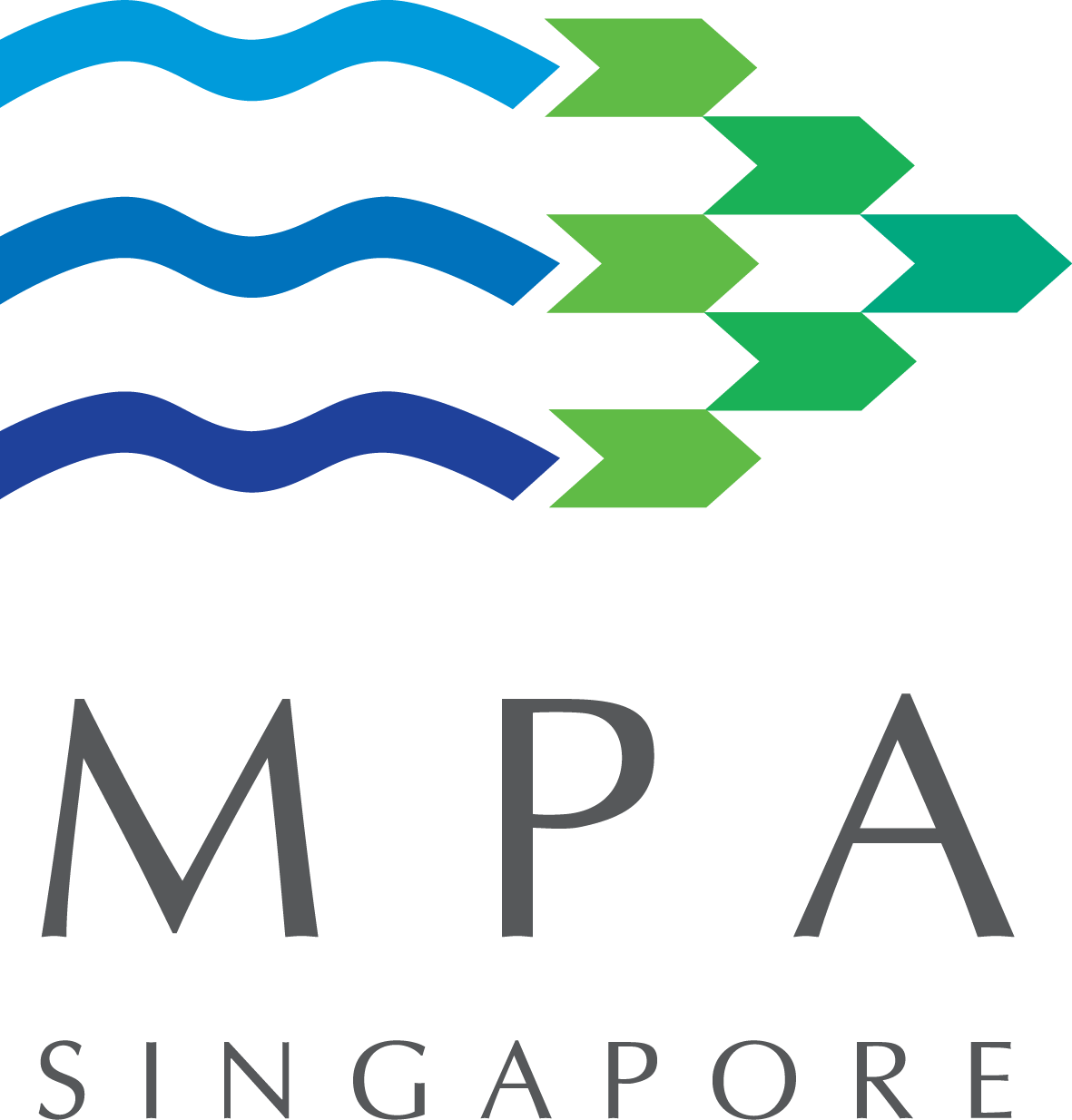OPENING REMARKS AT THE 2025 NAUTICAL INSTITUTE (SINGAPORE) CONFERENCE BY MR ANG WEE KEONG, CHIEF EXECUTIVE, MARITIME AND PORT AUTHORITY OF SINGAPORE, 17 JULY 2025

Published 17 Jul 2025
Captain John Lloyd, Chief Executive Officer of the Nautical Institute,
Captain Hari Subramaniam, Chair of the Nautical Institute (Singapore Branch),
Ladies and Gentlemen,
1. Good morning, a very warm welcome to the Nautical Institute Singapore Conference 2025.
2. First, a big thank you to Capt. John for making a special trip to Singapore to speak at our International Safety @ Sea Conference. I extend my sincere appreciation to Capt. Hari and Capt. Yves for supporting our conference as well.
3. I am very pleased to join my colleagues to attend my first Nautical Institute conference since taking over as Chief Executive of the Maritime and Port Authority of Singapore last month. As some of you may know, I am new to the maritime sector and have spent most of my career in the foreign service. I am overwhelmed by how warm and dynamic the maritime community is.
INTRODUCTION
4. Since 1971, the Nautical Institute has provided professional development opportunities, promoted best practices for safety, and facilitated the exchange of information and ideas among seafarers and maritime professionals.
5. In 2015, the Singapore Branch of the Nautical Institute was set up. The Singapore Branch has played an important role in coordinating maritime training programmes, advancing student outreach, and participating at various regional and international maritime platforms. Capt. Hari is also Deputy Chairman of our National Maritime Safety at Sea Council.
MARITIME – A WORLD IN FLUX
6. Our collaboration with partners like the Nautical Institute put us on firmer footing to deal with the hard realities of the world today. Shipping and the maritime sector have been severely affected over the past year. Heightened geopolitical tensions have resulted in flashpoints across the globe, affecting vessel safety and freedom of navigation in conflict regions. The threat of tariffs will increase shipping costs and disrupt supply chains, and consumption patterns. The proposed measures on China’s shipbuilding have caused uncertainty and will impact global shipping routes.
7. How then should we respond to these challenges on the horizon? I believe the theme of today’s conference, “Maritime 4.0: Embracing Digitalisation, Sustainability and Wellbeing” provides some answers.
8. First, let me speak about emerging technologies like Artificial Intelligence becoming commonplace, we now have new ways of streamlining port operations and enhancing navigational safety. At MPA, we have taken lead in Singapore’s Maritime Digital Twin.
9. By integrating live data from vessels, port operations, and meteorological and environment agencies with the Digital Twin’s scenario simulation and predictive modelling capabilities, the maritime community can optimise resources and respond to incidents such as oil spills more nimbly.
a. We have seen encouraging responses from the industry. Just last month, MPA and Yinson GreenTech committed to exchanging operational data through the Digital Twin to enable smarter deployment of Yinson’s electric harbour craft fleet.
10. From 2026, we will further supplement the Digital Twin data with other advanced equipment, such as smart buoys with sensors and communication capabilities. This enables real-time data transmission to vessels and the maritime community to facilitate timely decision making.
11. New technologies can further enhance the safety of port operations and vessels navigating our waterways. MPA is trialling the use of drones for shore-to-ship deliveries, which can improve operational efficiency and safeguard human life by reducing crew transfers at sea.
12. We should also leverage technology and automation to address common challenges shared by societies. In this regard, Singapore and some other countries in East Asisa and our region, have an ageing population, which then cascade to shrinking seafarer numbers. So we can use autonomous shipping solutions can augment maritime operations and help address the labour crunch.
a. Last month, MPA and NYK organised a workshop to further collaborate on port-to-port Maritime Autonomous Surface Ships (MASS) trials.
b. At the international level, MPA actively participated in working groups at the International Maritime Organization for the development of a goal-based Code for Maritime Autonomous Surface Ships, or the MASS Code.
13. Secondly, let me touch on sustainability. On the decarbonisation front, in April, the IMO Marine Environment Protection Committee (or MEPC) approved a new framework to reduce Greenhouse Gas emissions from ships. This will be tabled for adoption at a MEPC Extraordinary Session in October, and reflects the IMO Member States’ desire to take concrete actions towards decarbonising international shipping.
14. In the Port of Singapore, we have seen growing demand for alternative marine fuels. In 2024, sales of these fuels surpassed the one-million-tonne mark for the first time, reaching 1.34 million tonnes.
a. Biofuel blends saw particular strong growth, climbing from 0.52 million tonnes in 2023 to 0.88 million tonnes. Additionally, over 1,600 tonnes of methanol were bunkered.
15. Aside from various trials to prepare our port to safely receive and handle alternative fuels such as biofuels, methanol and ammonia, MPA has taken steps to enhance our regulations and ensure high operational standards.
a. The industry has also expressed strong interest to supply methanol as a marine fuel in Singapore. MPA is currently reviewing applications received from its recent call for licence exercise and we aim to issue new methanol bunker supplier licences later this year. We aim to offer methanol as a marine fuel at a commercial scale starting next year.
16. However, alternative marine fuels also come with their fair share of challenges given their varying chemical properties and corresponding handling requirements.
17. Due to differing energy densities, flash points, flammability and toxicity levels, calibrated operational processes for the safe storage, handling and bunkering of these fuels are required. We also need comprehensive safeguards, robust incident response measures, and training programmes for seafarers, as well as port operators and everyone involved.
18. To support this, MPA initiated the Maritime Energy Training Facility (METF) together with training providers, shipping companies and maritime associations with a view to align training standards with industry needs. To date, the METF has trained more than 600 seafarers and maritime professionals. Just two days ago, MPA led a consolidated effort with 10 government agencies and industry partners to test our emergency response capabilities in a methanol spill exercise, as part of the International Safety@Sea week.
19. Thirdly, I want to touch on the well-being of our maritime workforce. Since assuming office a month ago, I have had the pleasure to meet seafarers and maritime professionals from all walks of life at many events. My first event was in fact celebrating the Day of the Seafarers with our unions, industry partners and the seafaring community.
20. Seafarers spend long periods of time away from their families and loved ones, constantly operating on vessels under high demands. At times, they face discrimination and harassment onboard. It is crucial to therefore extend assistance so that seafarers are well supported.
21. MPA is proud to work with our four local Seafarers’ Missions to support the welfare and needs of seafarers who call at the Port of Singapore.
22. Ultimately, people are at the heart of the maritime sector, and it is of utmost importance that we support the aspirations and welfare of seafarers and shore-based professionals.
23. Together with our unions, industry associations and respective agencies, we have collectively put in place initiatives like the Sail Milestone Achievement Programme, or SailMAP, and enhanced the Tripartite Maritime Training Award to support students and mid-careerists keen to pursue seafaring. We will continue to build up their competencies, groom future professionals, and chart good career pathways for future generations of those in seafaring and shore-based roles.
CONCLUSION
24. Ladies and gentlemen, the maritime landscape will constantly face waves of change and forces beyond our control.
25. But we need to work together to embrace these changes, adopt new ideas and seek new frontiers in digitalisation and decarbonisation to make Maritime Singapore more robust and resilient.
26. I thank the Nautical Institute for being a strong partner and advocate for maritime safety and workforce development, as well as an invaluable contributor to international shipping. I have every confidence that your partnership and with the continued support of the wider maritime ecosystem, the best days of Maritime Singapore are ahead of us.
27. I wish everyone a fruitful conference. Thank you.
